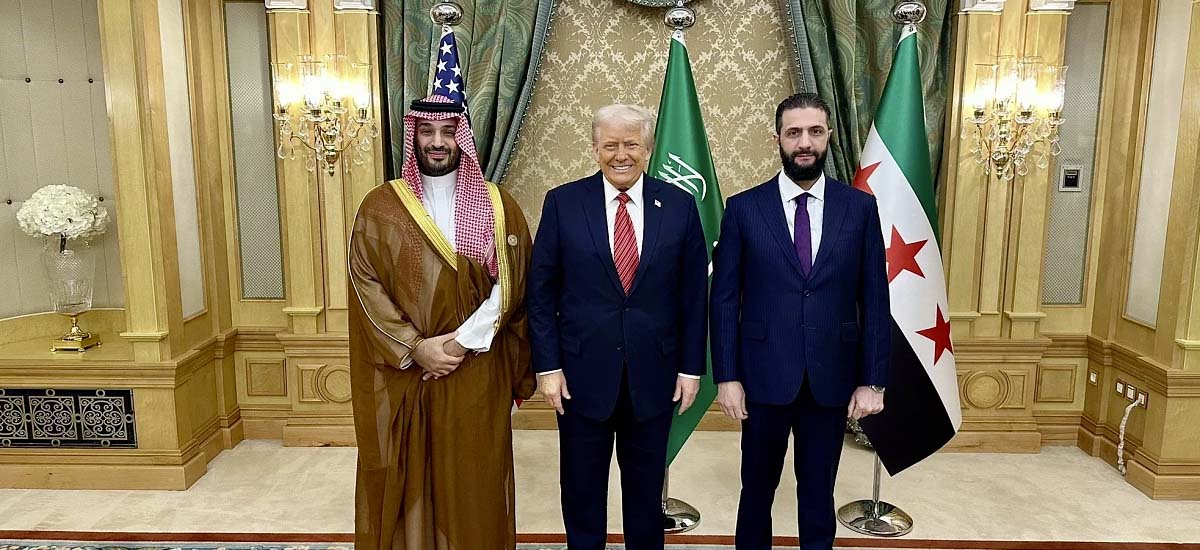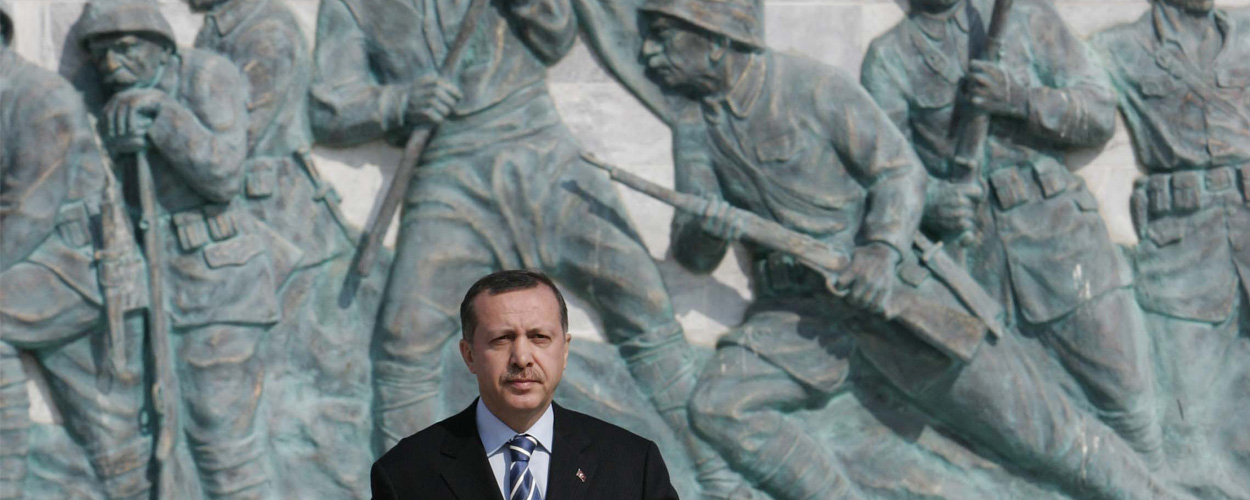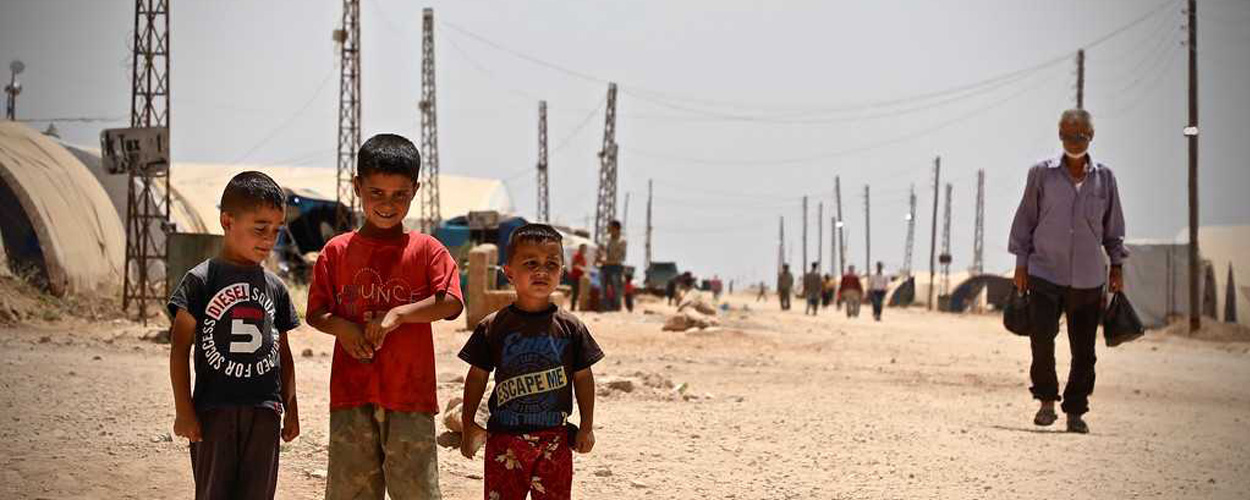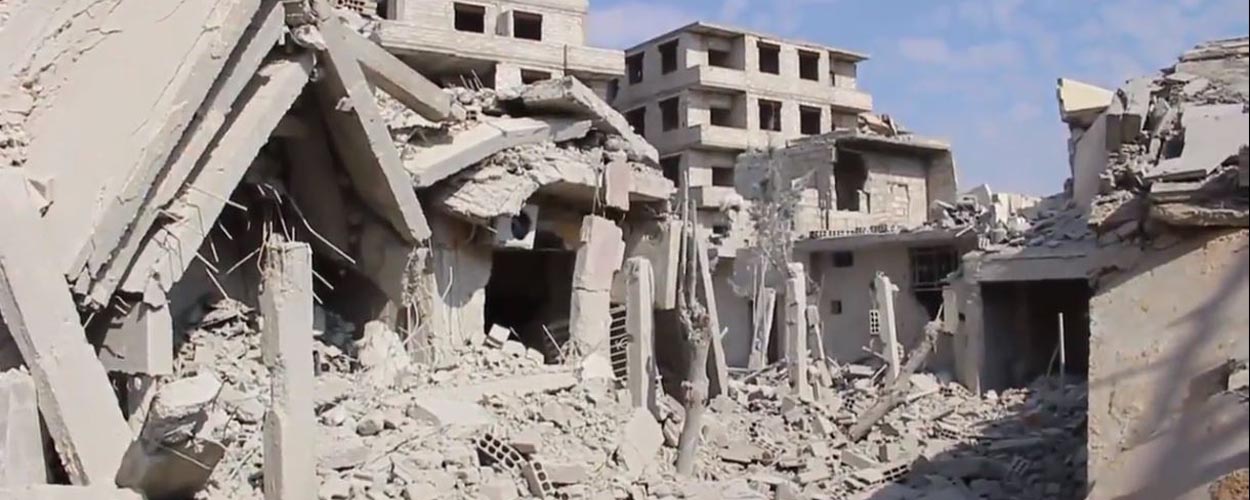Since I left Syria last January, Alawi and Christian friends have sent me almost daily messages about killings, beatings, house break-ins, threats and intimidation.
When the dictator was overthrown, Syrians hailed the new leader with such fervor that they lifted him in his car and carried him shoulder-high through the streets of Damascus. Men beating their chests chanted the old Arabic oath of fealty, “With our souls, with our blood, we will sacrifice for you!”
That momentous event occurred, not at the end of last year when Bashar al Assad fled to Moscow, but in November 1970 when Bashar’s father, Hafez, overthrew a previous tyrant. An old Syrian friend who witnessed that event told me he watched crowds last December, 54 years later, cheering the newest ruler, Ahmed al-Sharaa. The latest transfer of power left him less with nostalgia than foreboding. Assad père, like Sharaa, began his tenure with what Syria historian Patrick Seale called “an immediate and considerable advantage: the regime he displaced was so detested that any alternative came as a relief.” If modern Syrian history taught any lesson, it was that deliverance from a wretched past did not guarantee a brighter future.
Continue reading →









